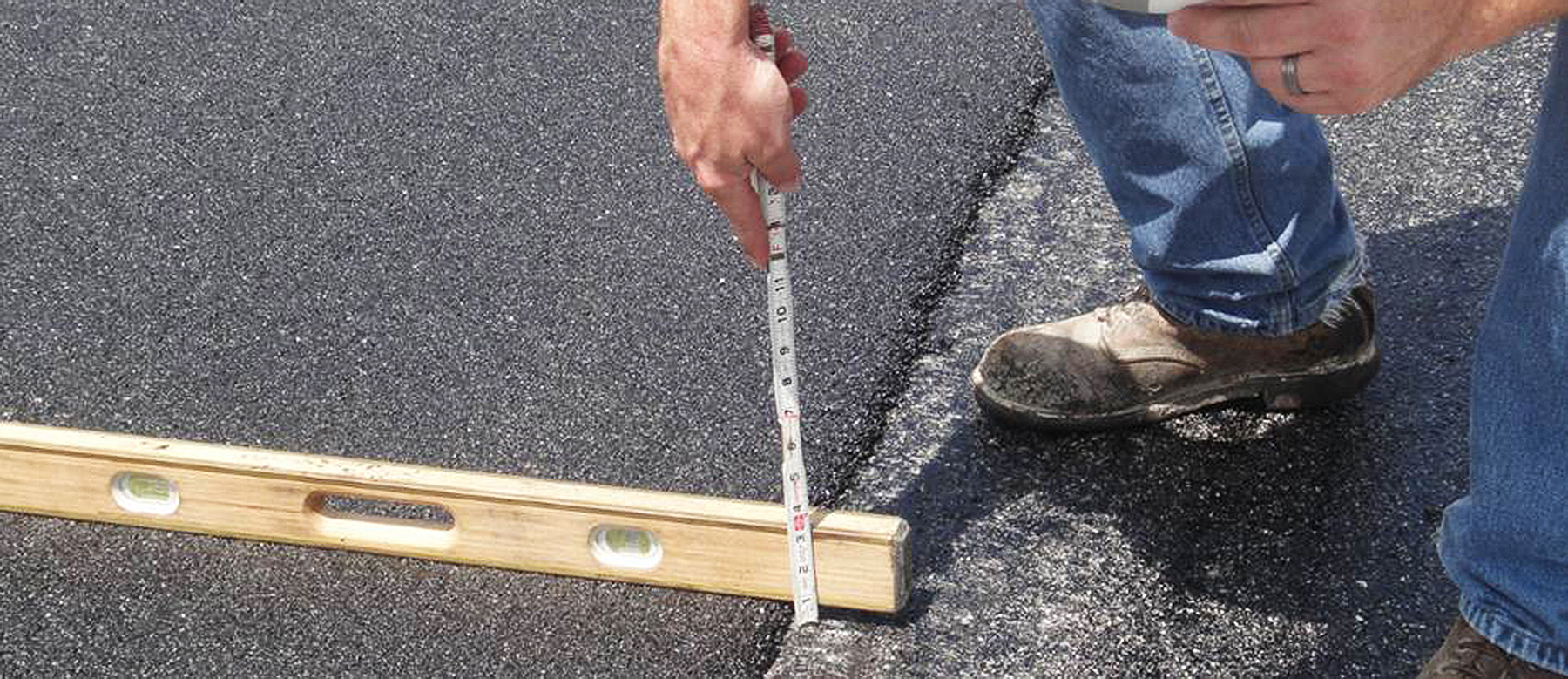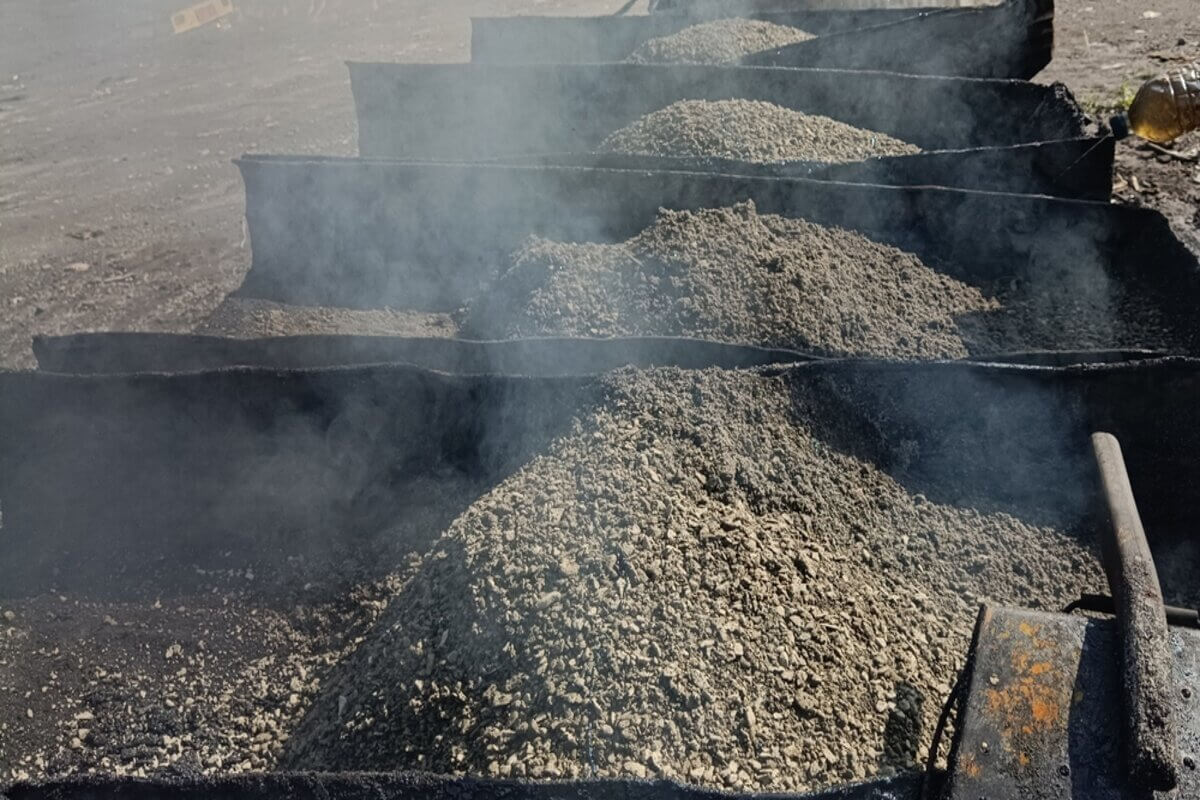Elevate the Feel And Look of Your Property with Professional Commercial Parking Whole Lot Paving
Wiki Article
Opening the Keys of Warm Mix Asphalt Modern Technology
Exploring the depths of warm mix asphalt technology discovers a globe where specific solutions and thorough procedures merge to form our roads and infrastructure. The blend of aggregates, fillers, and binders isn't merely a building job yet a tactical orchestration of longevity and effectiveness. As we peer right into the intricate dance of elements, a tapestry of resilience and sustainability unfolds. What lies below this surface of asphaltic proficiency, and what tricks wait to be unveiled in the world of leading developments?Relevance of Hot Mix Asphalt
Hot Mix Asphalt plays a vital role in modern-day infrastructure growth due to its longevity and cost-effectiveness. As the most generally used leading material for roadways, highways, and auto parking lots, Warm Mix Asphalt provides a range of advantages that contribute to its relevance in construction jobs. One key advantage is its capacity to withstand heavy website traffic loads and severe climate condition, giving a lasting and trustworthy surface area for transport networks. Additionally, Hot Mix Asphalt is affordable in both initial construction and long-lasting maintenance, making it a recommended choice for numerous facilities tasks.The sturdiness of Hot Mix Asphalt stems from its make-up, which consists of aggregates, binder, and filler products that are thoroughly selected and blended to meet details performance requirements. Generally, the significance of Hot Mix Asphalt in facilities development can not be underrated, as it continues to be a keystone of contemporary building and construction methods.
Components of Asphalt Mixes
The structure of asphalt blends is composed of thoroughly chosen accumulations, binder, and filler products that are essential for accomplishing details efficiency requirements. Accumulations are the key part of asphalt blends, providing stamina and security. The binder, normally asphalt or asphalt concrete, holds the aggregates together and offers versatility and longevity to the mix.The mix and percentage of these parts play a significant role in identifying the high quality and performance of the asphalt mix. Engineers meticulously develop the mix to fulfill particular demands, taking into consideration elements like traffic quantity, climate problems, and sidewalk life expectancy. Proper choice and harmonizing of aggregates, binder, and fillers are crucial for producing resilient, lasting asphalt pavements.
Mixing and Manufacturing Strategies

When the accumulations are picked, the binder, typically asphalt cement, is contributed to bind the materials together. The binder's high quality and quantity substantially affect the mix's resistance, strength, and flexibility to ecological variables. In addition, fillers like moisturized lime or Portland concrete might be included to improve particular qualities of the asphalt mix, such as its workability or moisture resistance.
Throughout manufacturing, the accumulations and binder are heated up, generally in between 250-325 ° F(121-163 ° C ), to assist in mixing and guarantee proper coating of the accumulations. The mixing process has to be detailed to attain a homogeneous mixture that advertises the wanted performance characteristics of the asphalt. Numerous methods, such as batch blending or drum mixing, are used to attain constant and premium asphalt blends for building projects.
Variables Impacting Asphalt Efficiency
Factors influencing asphalt efficiency encompass a variety of variables that impact the durability, durability, and overall high quality of asphalt sidewalks. One vital aspect is the quality of products used in the asphalt mix. The type and resource of aggregates, the binder high quality, and the additives all play a substantial role in figuring out the efficiency of the asphalt sidewalk. The gradation of accumulations is crucial as it impacts the mix's workability, security, and resistance to rutting and cracking.
Environmental problems also affect asphalt performance. Temperature variants, moisture seepage, and traffic tons can all impact the structural honesty of the pavement. Style factors to consider, such as pavement density and drainage, are necessary in ensuring the long-lasting efficiency of the asphalt sidewalk. By carefully thinking about these variables, engineers and specialists can maximize asphalt performance and enhance the life span of pavements.
click here to find out more
Lasting Practices in Asphalt Modern Technology

WMA permits for the production and positioning of asphalt mixes at reduced temperature levels compared to traditional hot-mix asphalt, resulting in minimized energy consumption and greenhouse gas discharges. The usage of porous asphalt blends can aid reduce stormwater drainage issues by enabling water to penetrate through the pavement and right into the ground, advertising natural water filtering and reenergize procedures.
Final Thought
To conclude, hot mix asphalt innovation plays a critical role in modern infrastructure advancement because of its resilience and cost-effectiveness. By thoroughly stabilizing parts, using correct blending strategies, and taking into consideration numerous variables, designers can develop high-quality asphalt blends that withstand rush hour lots and rough climate condition. Accepting sustainable methods, such as using recycled materials and warm-mix technologies, better improves the environmental friendliness of asphalt technology.
Blending and production techniques in warm mix asphalt modern technology include the accurate combination and handling of aggregates, binder, and fillers to create a high-performance and sturdy asphalt mix.Aspects influencing asphalt efficiency include a range of variables that influence the toughness, longevity, and overall top quality of asphalt pavements. Sustainable methods in asphalt technology incorporate different initiatives intended at check my reference decreasing the ecological effect of asphalt manufacturing and paving procedures. By including recovered asphalt sidewalk (RAP) and recycled asphalt roof shingles (RAS) right into new asphalt blends, the market can significantly minimize the consumption of raw products and energy, while likewise decreasing garbage dump waste.
WMA allows for the manufacturing and placement of asphalt mixes at lower temperature levels compared to typical hot-mix asphalt, resulting in decreased power consumption and greenhouse gas discharges.
Report this wiki page